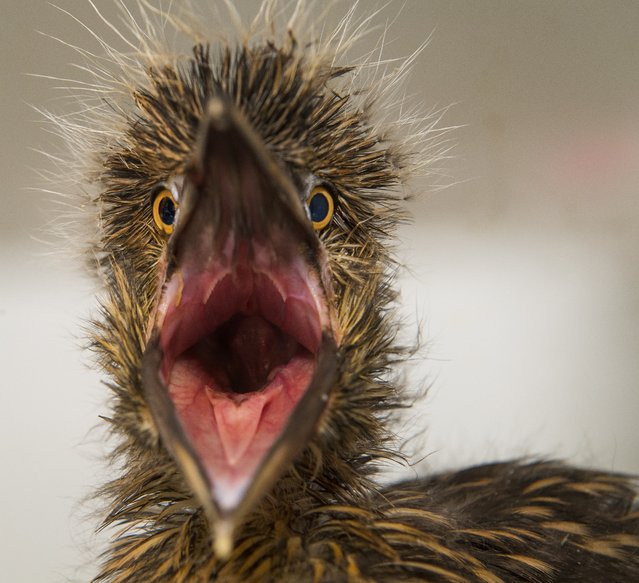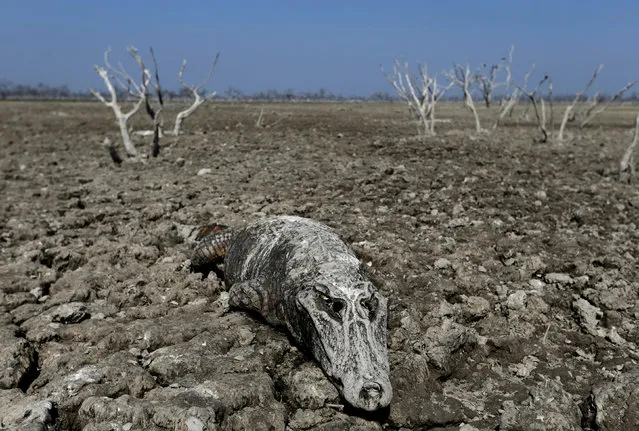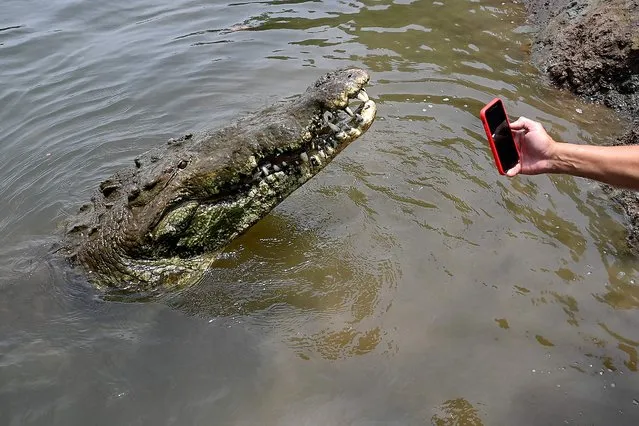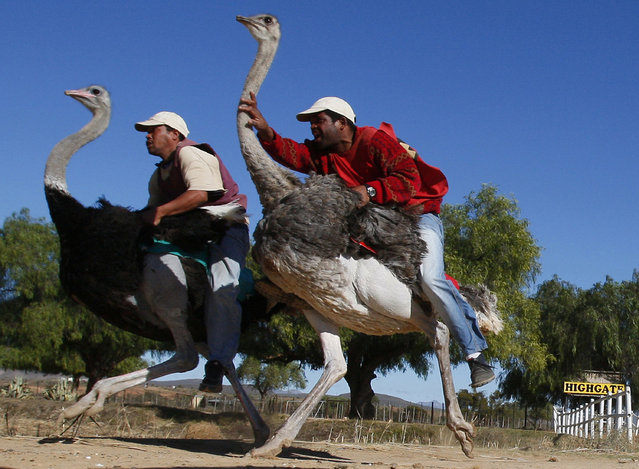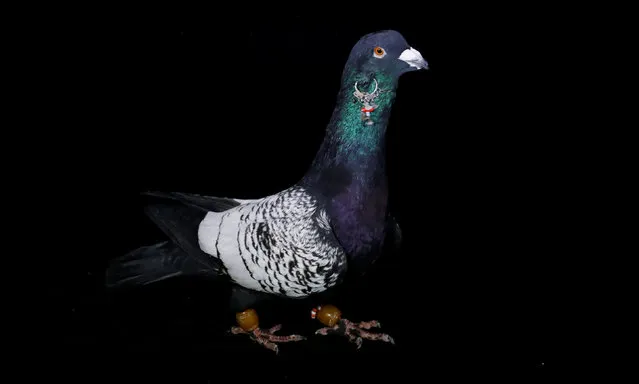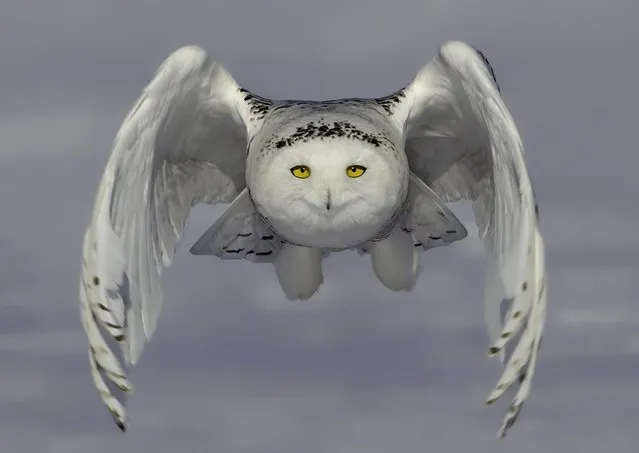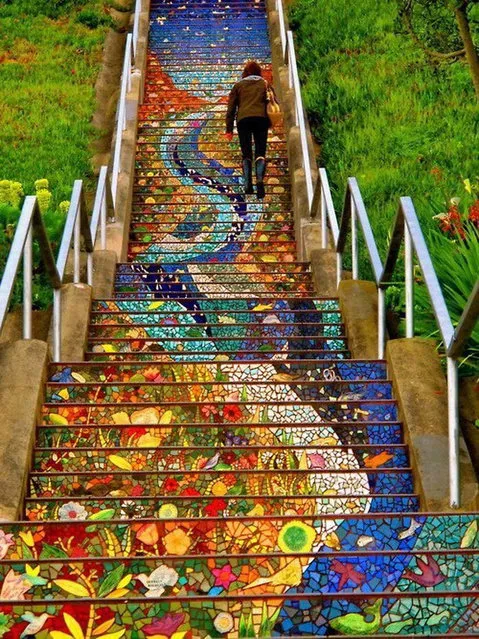
The 16th Avenue Tiled Steps project is a wonderful display of community effort and artistic vision. 163 steps are tiled with mosaic panels set into the risers which were designed by artists Aileen Barr and Colette Crutcher. Over 300 neighbors helped in the making of the panels with over 220 neighbors sponsoring handmade animal, bird, and fish name tiles which are imbedded within the mosaics. KZ Tile, a major San Franciscan tile-setting company generously agreed to set the mosaic panels into the risers and to tile the step treads with rough, nonslip tile.
03 Nov 2012 13:14:00,post received
0 comments


